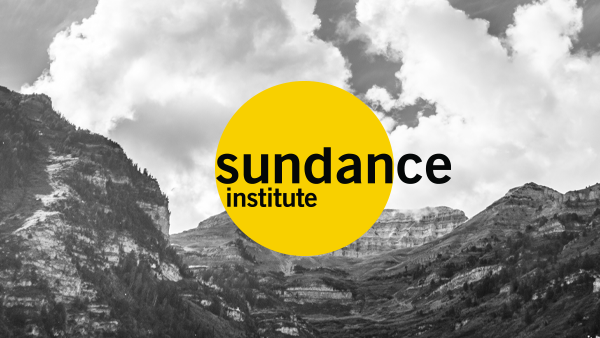Roger Erik Tinch
What I call the knights of the distribution round table took place today at the Prospector Square Theatre. Officially called “Is There a Doctor in the House?” it was moderated by Eugene Hernandez, indieWIRE Editor-in-Chief, and Peter Broderick, head of Paradigm Consulting and sage in the new distribution landscape. In a radical panel format there were four rotating groups of industry experts, filmmakers, and strategists exploring concrete visions and case studies of the new distribution paradigm. Here is a wrap-up of the first group which included Magnolia Senior VP, Tom Quinn; IFC acquisitions and production VP, Ariana Bocco; legendary independent producer, Ted Hope and Marian Koltai of “Bass Ackwards.”
VOD by what numbers?
Hope: As a filmmaker, its been about 5 years now that people have been saying VOD means more money coming back to you. 25 years ago I wrote VOD business plans for producers and I couldn’t get numbers, its 25 years later and I still can’t get numbers. If you want good films coming to Sundance every year you have to give us numbers for us to plan our budgets around. I just got a movie made because i could show that my cast and crew had 5 million impressions in real life. Actor Rainn Wilson had 1.8 million Twitter followers, my director had 25k followers, but all that data was an incentive for the international film company to take on the film. It would be an incentive if I could show pre-orders for their film along the way. Right now, I just don’t have good information to provide that.
Would 100k purchases on VOD be a success, wild success or a disappointment?
Quinn: I would say thats OK. The amount we’re spending and the amount of revenue we’re making on VOD and DVD is 75% of the time, when in the traditional model, $1.5 – 2 million grossers.
Bocco: Depends on the movie.
What’s the most number of buys vs. the smallest number of buys?
Quinn: The most interesting is “House of the Devil.” It was purely publicity driven, $200k cost to open and grossed $1.3 million alone before 50/50 split. That’s almost the entire budget of the film.
What’s the greatest misconception about the VOD model?
Bocco: It’s an evolving thing, we share info with the filmmakers. But a lot of what we do and a lot of what’s in the future is managing expectations. There are a lot of options out there that requires some education. One of the misconceptions is that it costs nothing to put something on VOD.
Quinn: It’s not one size fits all. We still release films the traditional way, it’s not broke, I hate to say. It depends on the movie. Completely.
As a representative of a traditional model who’s working in a new model, what’s the take away message?
Koltai: It’s all about budget. With Paramount announcing this new division of making films for 100k or less, to me that’s the same thing indies announced 25 years ago. When the indie studios started the idea was lower cost productions that had distribution opportunities. What’s changed is the distribution platform. What we’ve lost sight of along the way are the production costs and the reality of what the market place is. It is from the beginning knowing where your film fits in, who your target is and see what you’re comparing yourself to. Like anyone who’s making a “product” it has to be an “educated product.” Art and commerce do have to meet. It’s a wonderful time in pioneering and experimenting. That’s a very fertile area to be in. It is exciting to have all these options, but it comes back to the discipline of cost and seeing the business as a whole. The most important aspect of our film, “Bass Ackwards,” was that it was made for less then 100k.



